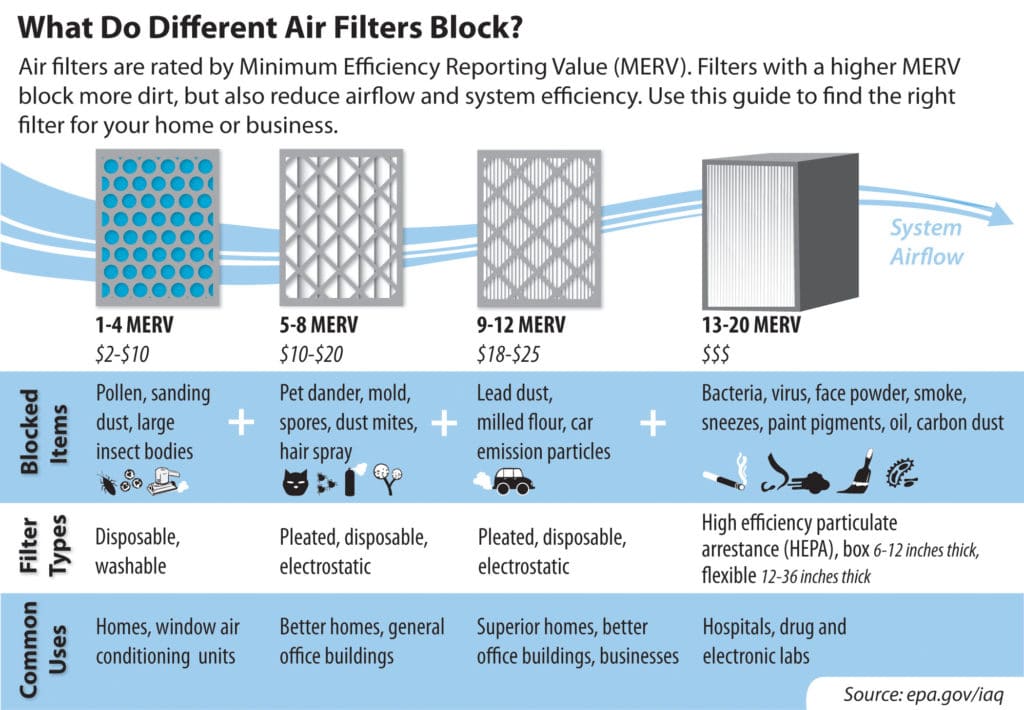It’s True: Energy Efficiency Is In The Air - NEC Coop
Mar 27, 2015 — News
Clogged air filters could add up to $82 to your electric bill every year. Checking, changing or cleaning your filter once a month saves money and extends the life of your home’s heating, ventilation and air-conditioning system.
Although air filters prevent pesky dust and annoying allergens from clogging your HVAC system, dirt still builds up in ducts and filters over time, like plaque in aging arteries. If left unchecked, a dirty filter strains a home’s “heart” and forces the HVAC system to work harder to push conditioned air through tight spaces. This results in higher energy bills—and, potentially, system failure.
Filter Facts
Air filters protect HVAC systems and perform double-duty by collecting loose dirt from the air. These handy sieves live in duct system slots or in return grilles of central air conditioners, furnaces and heat pumps. Successful filters have a short life span—the better a filter catches dirt, the faster it gets clogged and must be cleaned or replaced. Leaving a dirty air filter in place cuts a home’s air quality and reduces HVAC system airflow.
Although removing a clogged filter altogether relieves pressure on the system, the system can’t perform well without one. Unfiltered dust and grime accumulate on critical parts, such as the evaporator coil, causing unnecessary wear and tear.
Monthly Checkup
The U.S. Department of Energy advises checking an air filter once a month and replacing it at least every three months. It’s critical to inspect and replace filters before heavy use in summer and winter. If you have pets or smokers in the home, filters clog more quickly. Remodeling projects or furniture sanding adds more dust than normal; a filter working under these conditions
may need to be changed before the average three-month life span expires.
How to check your air filter:
- Turn your heating and cooling system off before checking your filter.
- Slide the filter out of your ductwork and look for layers of hair and dirt. Run a finger across the filter. If the finger comes away dirty or there’s a line left on the filter, it’s time for a change.
- When replacing the filter, make sure the arrow on the filter—which indicates the direction of the airflow—points toward the blower motor.
- To help schedule monthly checkups, write the date on the side of the filter so you know when it needs to be checked again.
- Once you’ve made the change, turn your system back on.
Filtering Choices
Shopping for a new filter? Before you leave home, write down the size printed on the side of your current filter. If you get a filter that’s too small, dirt will get around the barrier and invade your system. There are several different types of filters and levels of efficiency. Filters are either flat or pleated; pleated filters offer extra surface area to hold dirt, making them more efficient.
Air filters are rated by a Minimum Efficiency Reporting Value. Ranging from 1 to 20, this scale gauges a filter’s effectiveness at blocking debris. Low MERV-rated filters offer high airflow into a cooling or heating system, but only catch large air particles.
A higher rating isn’t always better—those filters block more dirt, but they also reduce system airflow. Most experts recommend filters with a MERV of 6 or higher. If a family member suffers from allergies, a high-MERV filter keeps out excess dander, smoke and other allergens.
Once you find a filter that works well in your home, it’s a good idea to keep spare filters on hand. Basic filters cost anywhere from $2 to $10 each; electrostatic filters may range from $18 to $25 each. Ask an HVAC professional what type of filter works best for your home and your family’s needs.
Whatever filter you choose, be diligent about replacing it regularly. A clogged filter wastes energy and can damage your HVAC system.
Voted #1 Electric Provider
We were recently voted the #1 Electricity Provider by the Corpus Christi Caller-Times’ Best of the Best Awards for the 7th year running!
Benefits of Membership
As a member of our co-op, you’ll enjoy the following benefits:
- You’ll get a share of our profits.
- You won’t be locked into a long-term contract.
- You’ll get a simple, competitive rate with no surprise fees or markups.
- You can get a $50 bill credit for every new member you refer.


